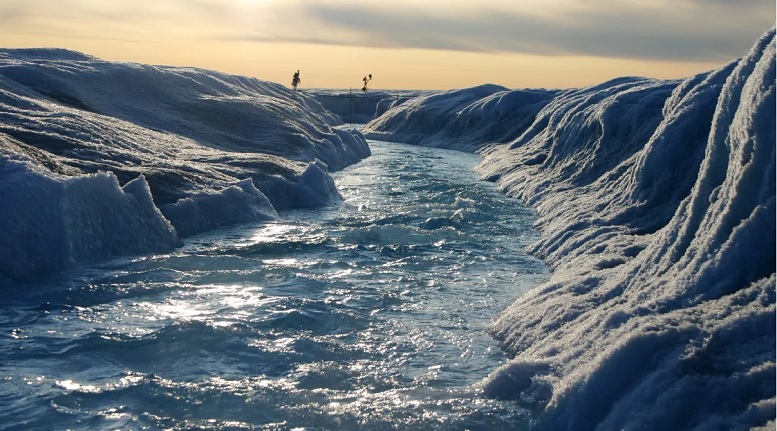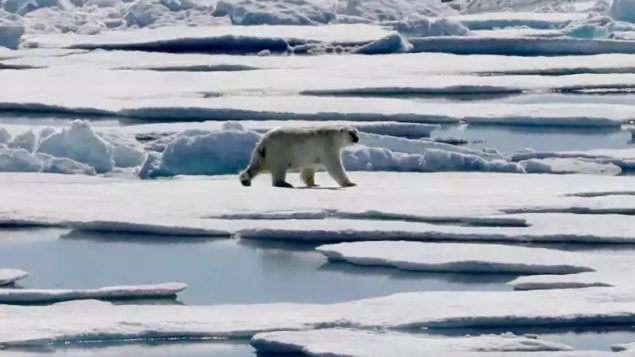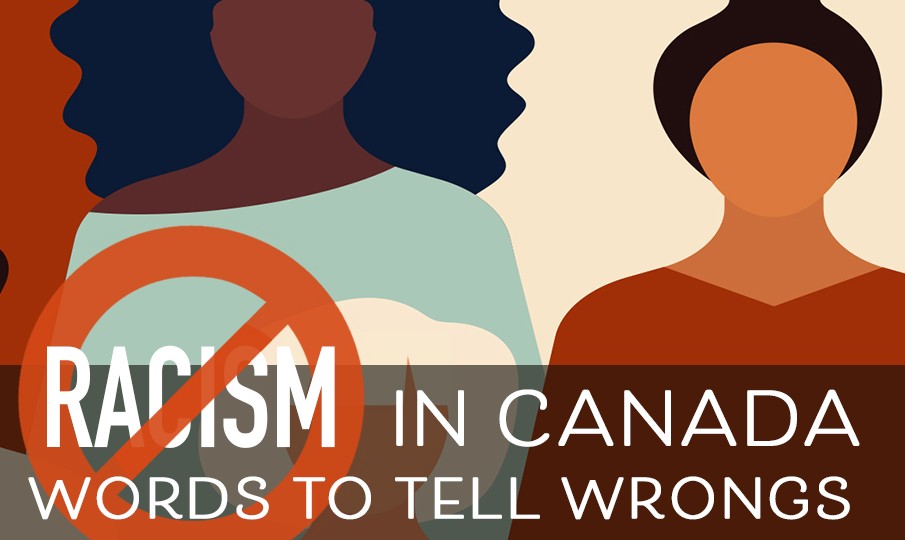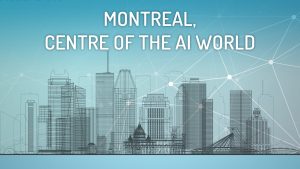A recent international study says the Arctic environment will change. This is even if the world was able to cap emissions and limit global warming to the target of a 2-degree Celsius increase.
The study involving American, Danish, Finnish, British, and Swedish scientists was published in the journal “Science Advances” under the titte ‘The polar regions in a 2°C warmer world’ (open access here)
The study says if the global temperature can be halted at the 2C level, the polar regions will be warmer with a 4 degree annual increase in the Arctic and in winter as much as 7C warmer.

Slump on Herschel Island in the Arctic. The permafrost supports a thin layer of soil on top with a small percentage frozen in ice beneath. With warming, the ice melts and the land collapses. Slumps and permafrost melt is an increasing problem throughout the Arctic. ( W Pollard)
The study by some 15 researchers in a variety of fields said even meeting the goal of a two-degree increase, there will be widespread effects in the Arctic and Antarctic on wildlife, traditional human livelihoods, tundra vegetation, methane release, and loss of sea- and land ice.

A 2016 study showed ice melt in Greenland had been underestimated by 7.6%. The giant ice sheet lost nearly 2,700 gigatons. In 2016 ice loss was estimated at an average of 8,000 tonnes of mass every second. (William Colgan)
Co-author Micheal Mann is a distinguished professor of atmospheric sciences at Penn State University. In a media release in Eureka Alert
he’s quoted saying, “The dramatic warming and melting of Arctic ice is impacting the jet stream in a way that gives us more persistent and damaging weather extremes.”
Eric Post, a UC Davis professor of climate change ecology says without mitigation of emissions there will be an increased risk of extreme weather, deadly heat waves, and wildfire in parts of the Northern Hemisphere adding, “If we haven’t already entered a new Arctic, we are certainly on the threshold.”
The report begins by saying, “Expected consequences of increased Arctic warming include ongoing loss of land and sea ice, threats to wildlife and traditional human livelihoods… With low biodiversity, Antarctic ecosystems may be vulnerable to state shifts and species invasions. Land ice loss in both regions will contribute substantially to global sea level rise, with up to 3 m rise possible if certain thresholds are crossed”.

Narwhal in the Arctic. The report says many species will be affected by warming, bringing more shipping, and invasive to species to areas previously inaccessible or too cold. Traditional lifestyles of the inhabitants will also be affected. (Paul Nicklen- WWF)
The global temperature has already risen by almost 0.8 degrees Celsius in the last century and a half, while the Arctic has warmed 2 to 3 degrees.
They also note sea ice loss will mean
- -loss of habitat for ice-dependent marine mammals,
- -altered timing of seasonal species interactions,
- -warming-related species’ range shifts and invasions
- -Gradual or sudden declines in populations of large herbivores and reciprocal effects on tundra vegetation diversity and productivity
- -Threats to maintenance of traditional livelihoods of indigenous people of the north
It concludes that it is essential to understand, prepare for and address the environmental, ecological, and societal changes resulting from the warming.
Additional information
- CBC: Apr 12/19: Arctic is warmest it’s been in 10,000 years, study suggests
- RCI: 2016: Climate, Greenland ice sheet: new study shows potential greater sea-level rise
- Science Advances: 2016: Geodetic measurements reveal similarities between post–Last Glacial Maximum and present-day mass loss from the Greenland ice sheet
- RCI: 2017: Erosion alarm for Herschel Island in the High Arctic







For reasons beyond our control, and for an undetermined period of time, our comment section is now closed. However, our social networks remain open to your contributions.